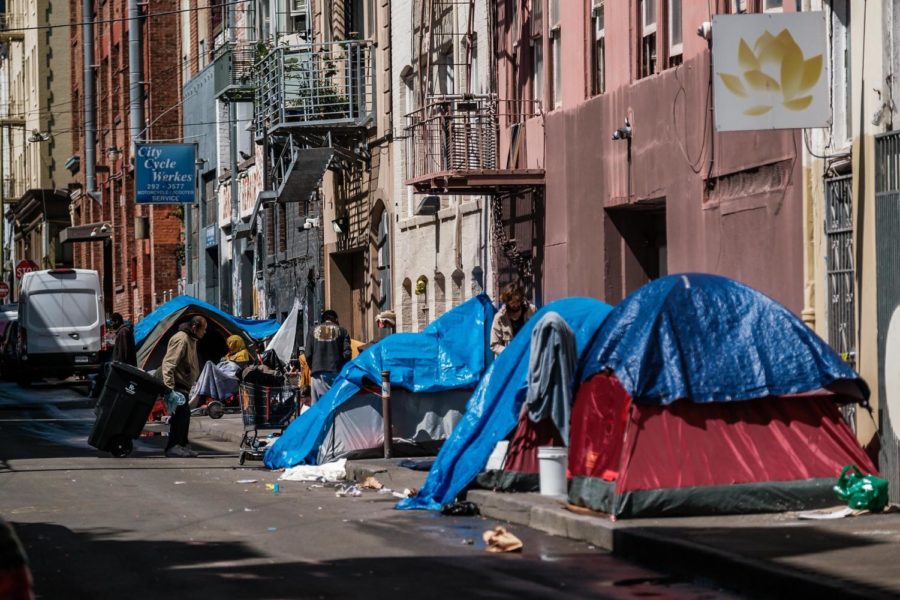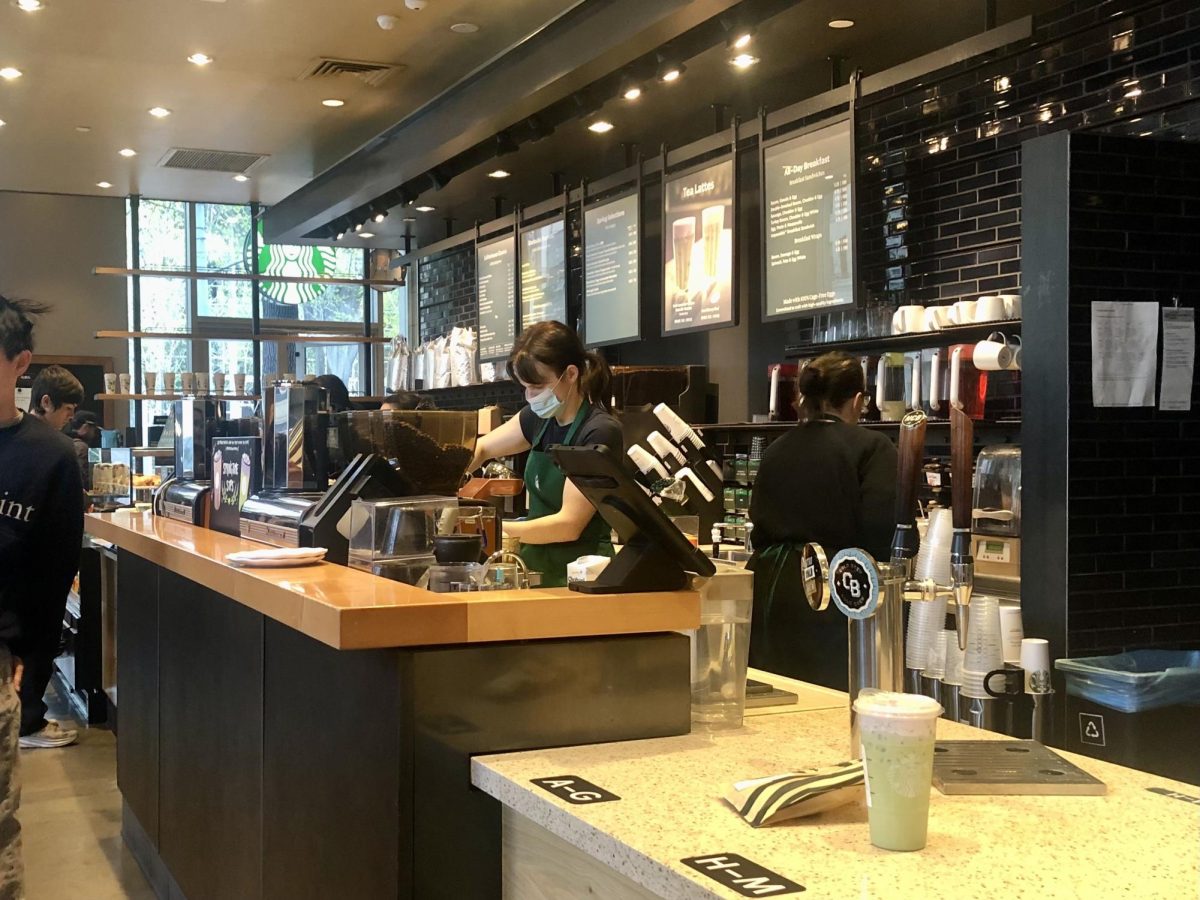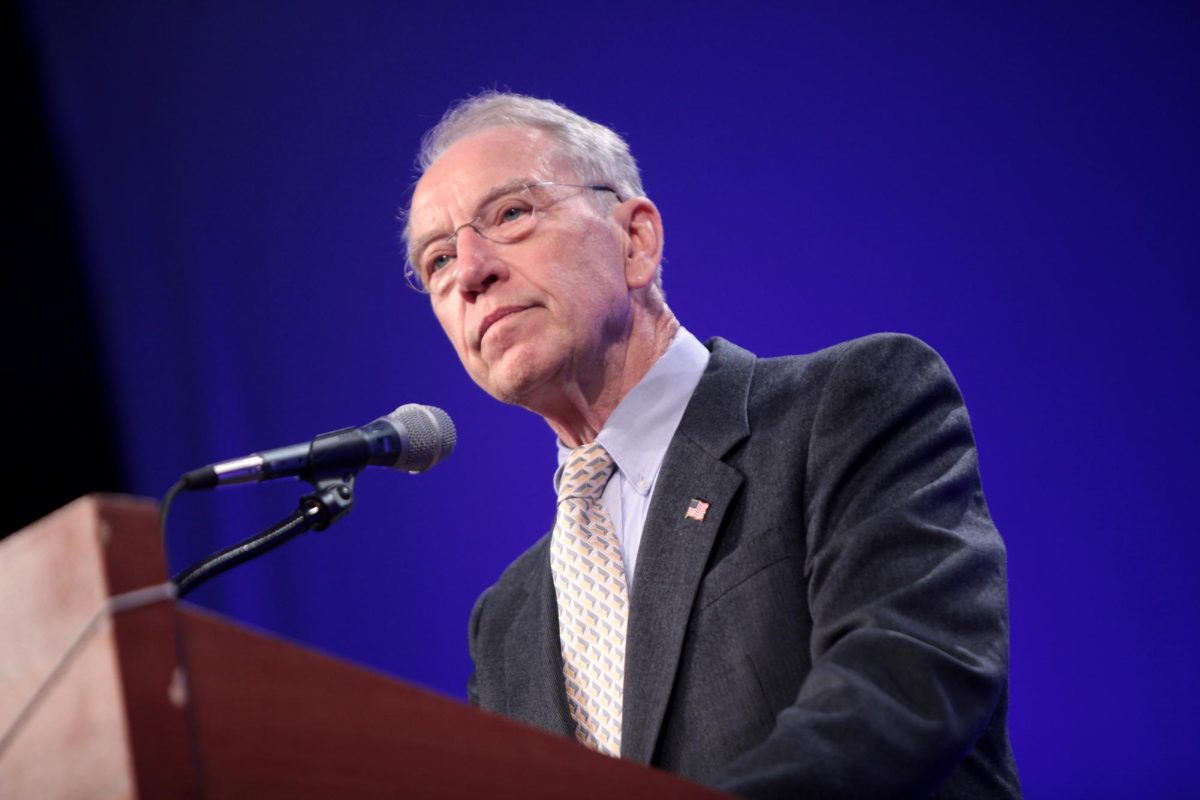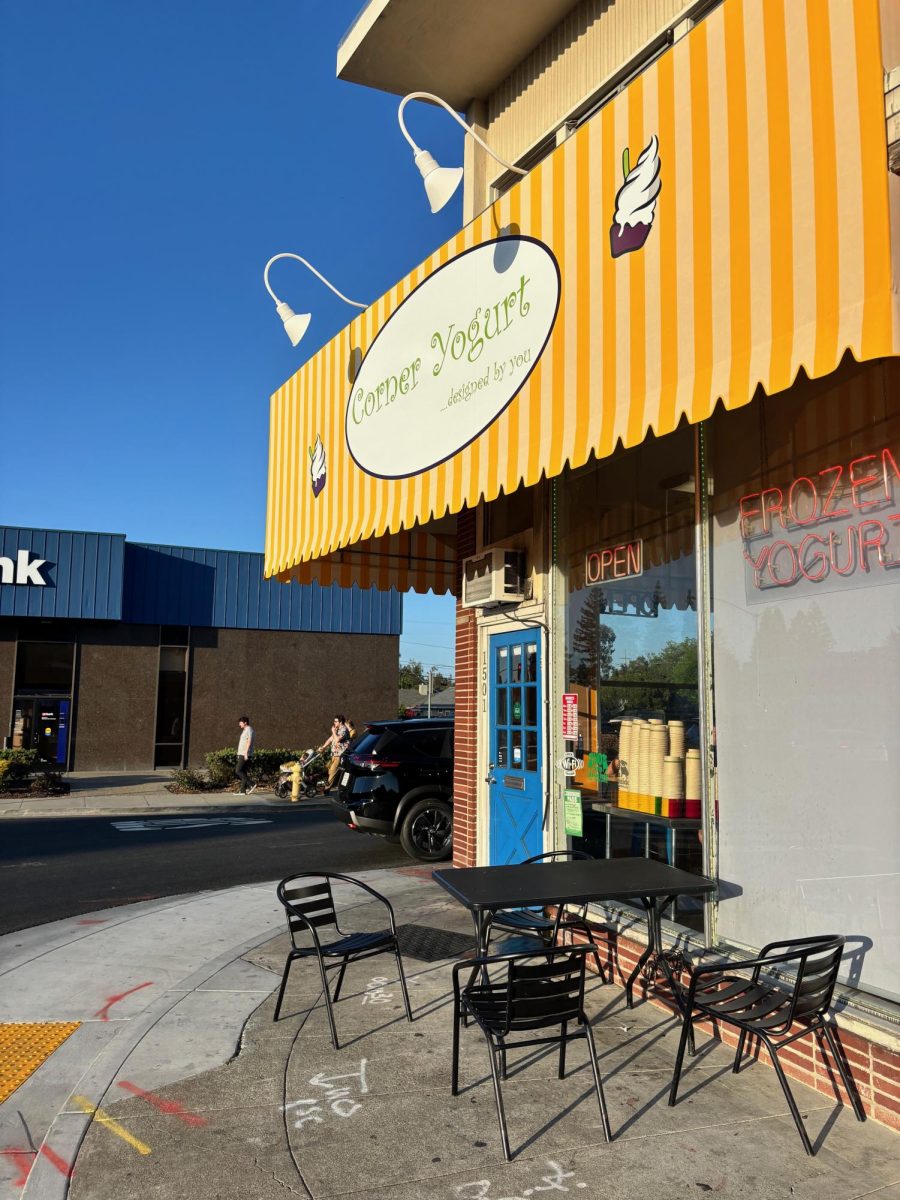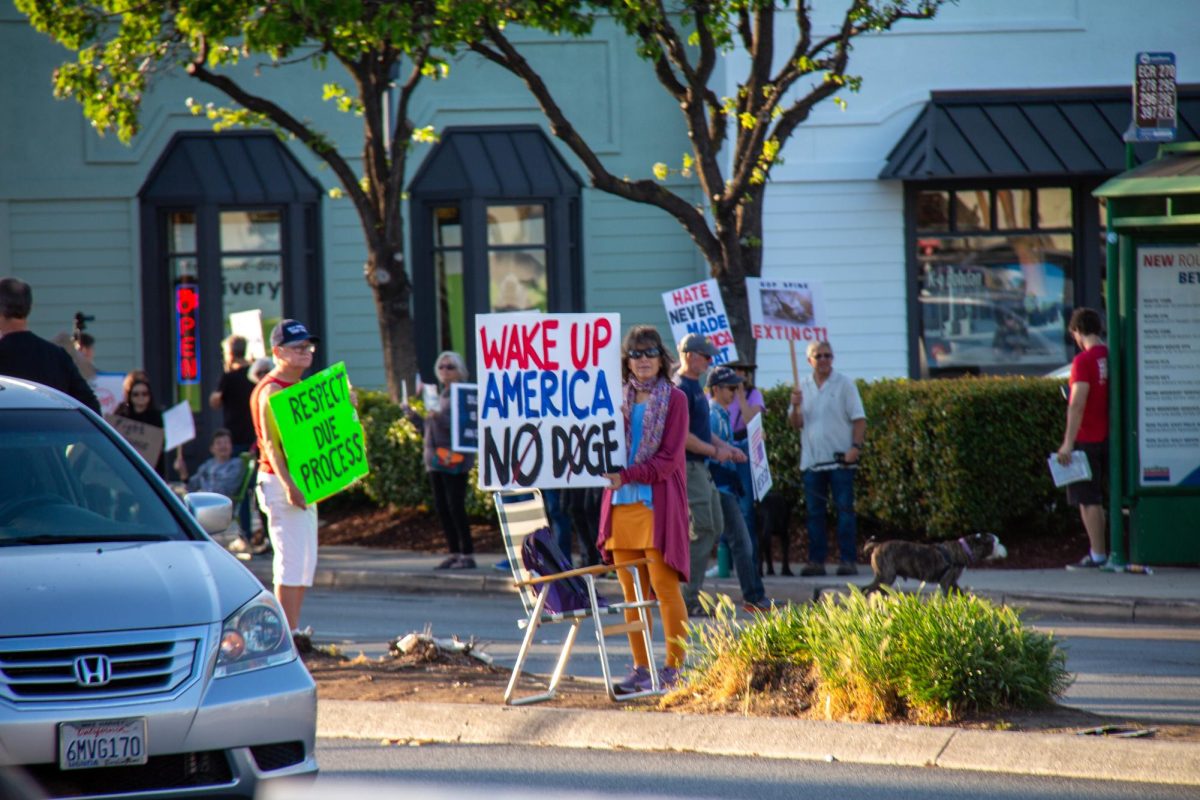In October 2021, The Office of Governor Gavin Newsom released two ‘historic’ bills, announcing $5.8 billion dollars to house 42,000 California homeless residents, and a $12 billion dollar spending plan creating affordable housing in the Bay Area. These two allotments come as a result of job loss, homeless and displaced communities rising, and the obvious global pandemic—COVID-19—ravaging the state of California.
However, this isn’t the first time San Francisco has disbursed millions or even billions of dollars on homelessness. On average, San Francisco spends just over $305 million dollars a year on the homeless situation according to an interview with Kevin Fagan of The San Francisco Chronicle. While money is being spent, the problem is at a stalemate, and long-time residents are noticing.
“I do see more homeless people around, especially in the last couple of years and I don’t know if that has to do with COVID and people being really unsure about using shelters, and so more people are actually out on the streets or when they do build camps, they tend to be a little bit more stable and permanent,” San Francisco resident Aaron Van ver Groen said. “And so when people come in and visit San Francisco it definitely is something that you can’t really look away from and everybody’s going to notice.”
While the actual number of homeless individuals has been increasing in recent years, homelessness isn’t anything new for San Francisco residents.
“There has always been a fairly significant homeless population in San Francisco,” Woodside digital music teacher and San Francisco resident Raphael Kauffmann said. “I came to San Francisco on a trip with my family when I was eight years old. I noticed the homeless in the streets on Market Street, and I still notice them today.”
The reason for all these homeless and displaced people begins with what San Fracnscio signifies to the world.
“It starts with San Francisco as a destination for runaway youth,” Kauffmann said. “Those seeking the Summer of Love, the hate, it always kind of drew those who had been abandoned or were abandoning their previous lives. It’s a destination for that kind of homelessness.
While that explains the number of residents and communities in San Francisco, mental health and substance abuse may play a role.
“In terms of mental health, it’s a crisis [by] not having enough treatment and prevention programs, not enough care to get people the help that they need, especially with mental health.” Van ver Goren stated. “I think the root issue that leads to people being homeless is never really addressed. In terms of mental health services, I can’t really think that there’s anything out there.”
It’s also important to note that this isn’t all San Francisco’s fault, or that San Francisco is alone in its battle with homelessness.
“It’s also like many other places in California, after mental health services were reduced during the Reagan years, we saw an increase in homelessness across the board,” Kaffumann stated. “San Francisco for years has not successfully used taxpayer money to benefit the homeless in any long-term way. Although I’m not sure that any municipality has, I don’t necessarily blame San Francisco, But instead, the challenges that homelessness poses.”
The bottom line is, California – not just San Francisco – needs help, and is in somewhat of a humanitarian emergency state.
“I would say there’s a homelessness crisis in California, and it’s in the large cities, like in San Francisco. Now, I think we could superimpose that on to San Jose. We can superimpose it [this crisis] on Los Angeles, and San Francisco is one of the most expensive cities in the country.” Kauffmann stated.
“The overall health and well-being of a lot of people are really on the line right now,” Van ver Goren said. “So, it’s a crisis in terms of personal feelings of safety. It’s a crisis in terms of disease control and prevention.”
Moreover, some San Fransico residents believe it’s important to highlight the hypocritical nature of their fellow residents.
“There have been attempts at creating mandates and new building projects, but a certain percentage needs to be affordable housing.” Kauffmann said. “Then, when those developments get started or are trying to clear permit hurdles, people in the neighborhood say, ‘I don’t want that in my neighborhood.’”
While San Francisco and governments, in general, don’t have the best track record when it comes to spending taxpayers’ money, some give the benefit of the doubt.
“I don’t [fully] blame the government, I do because they always misspend and make mistakes, but I also blame the community for not accepting the effort and not participating in the effort that it would take to actually solve the problem,” Kauffmann concluded.


